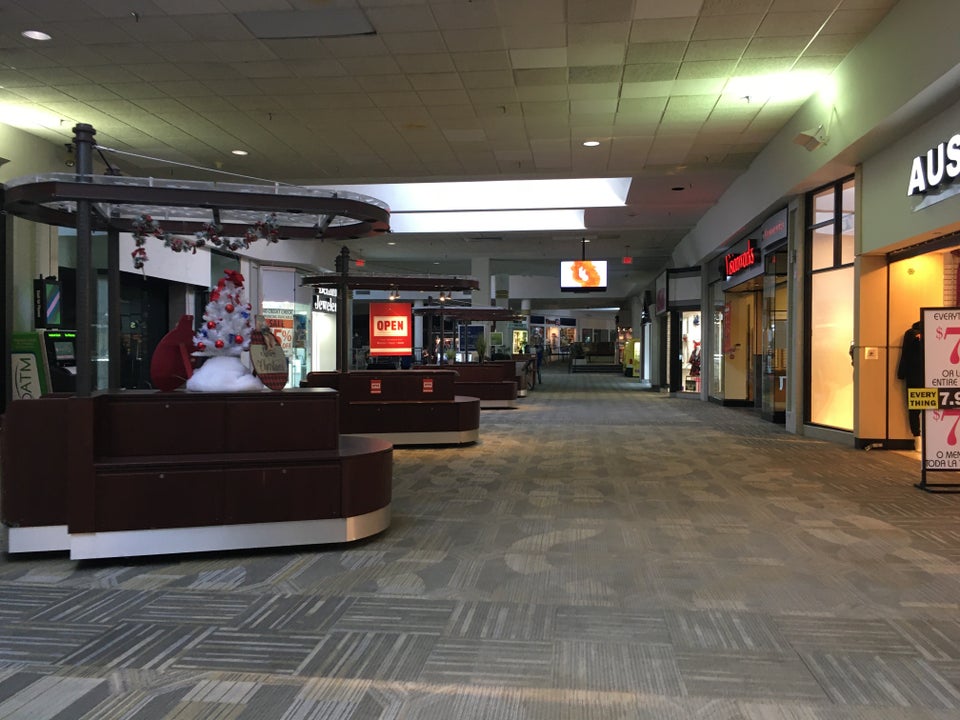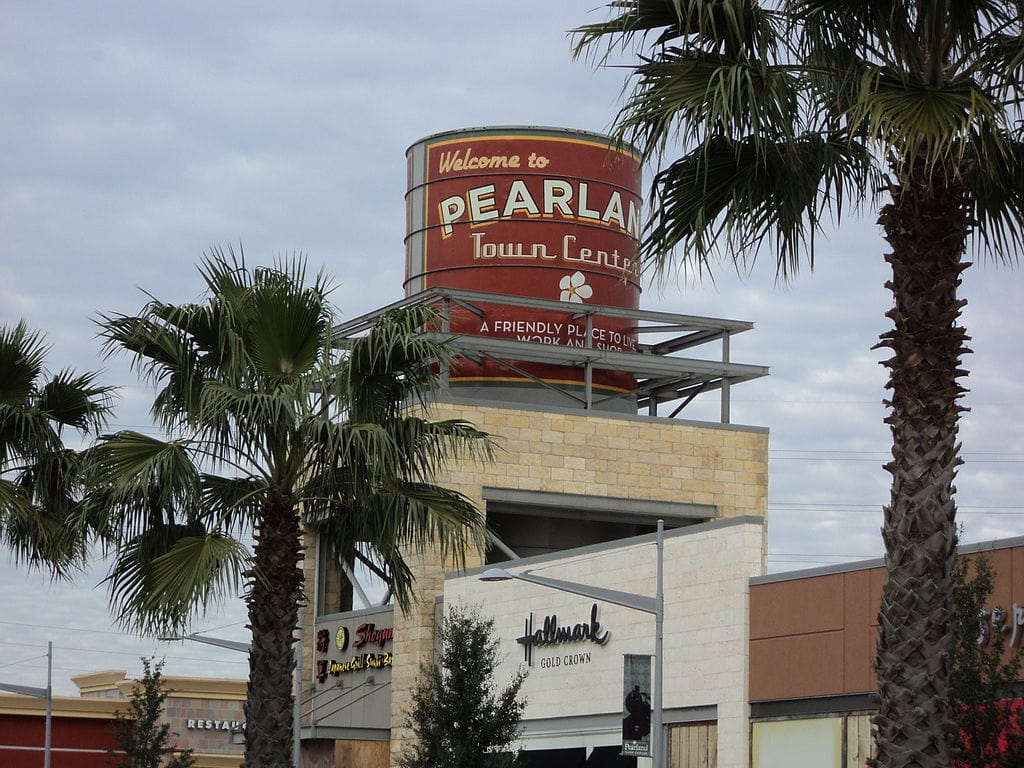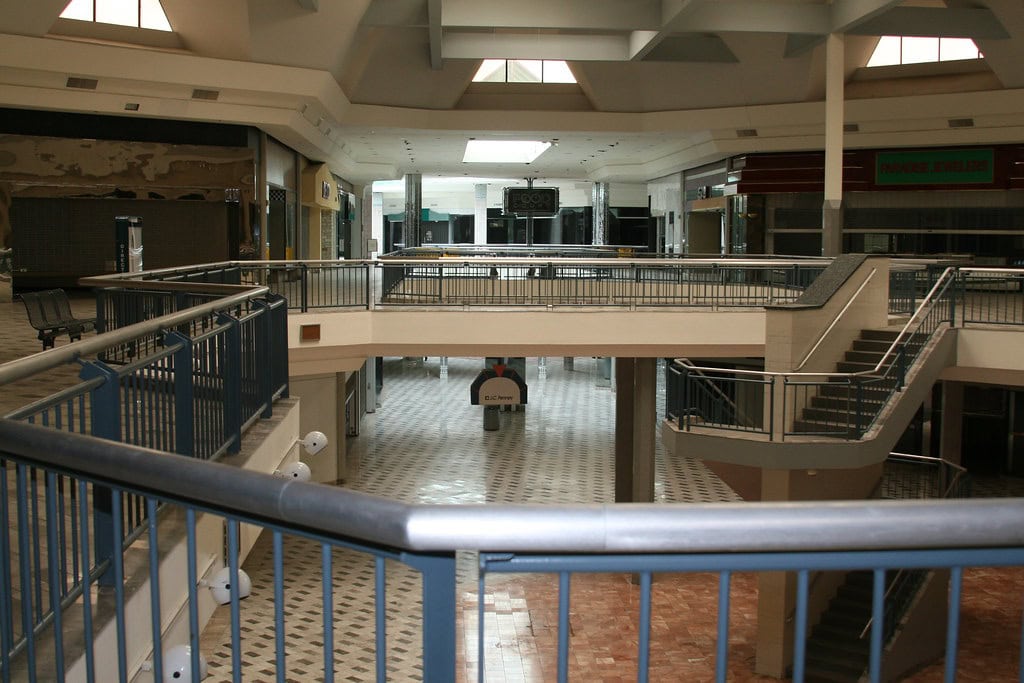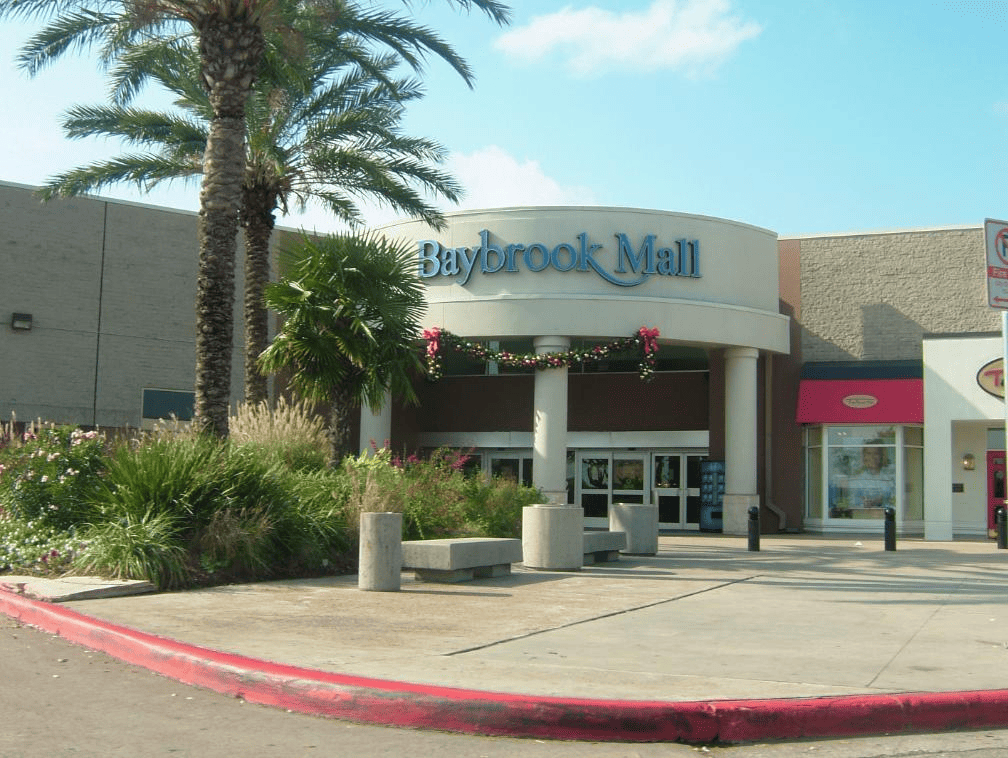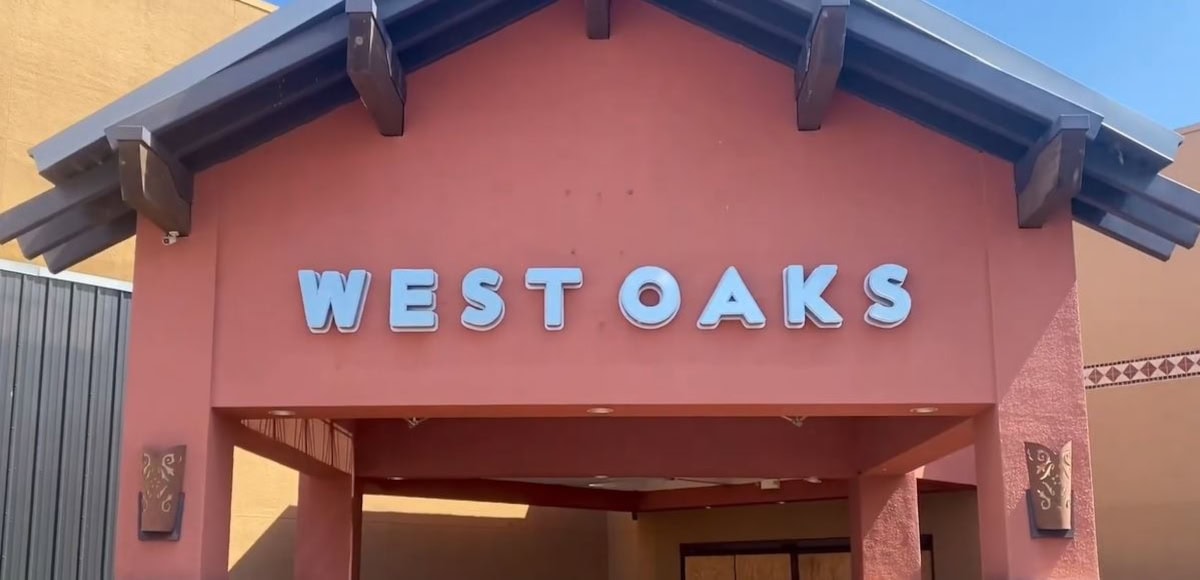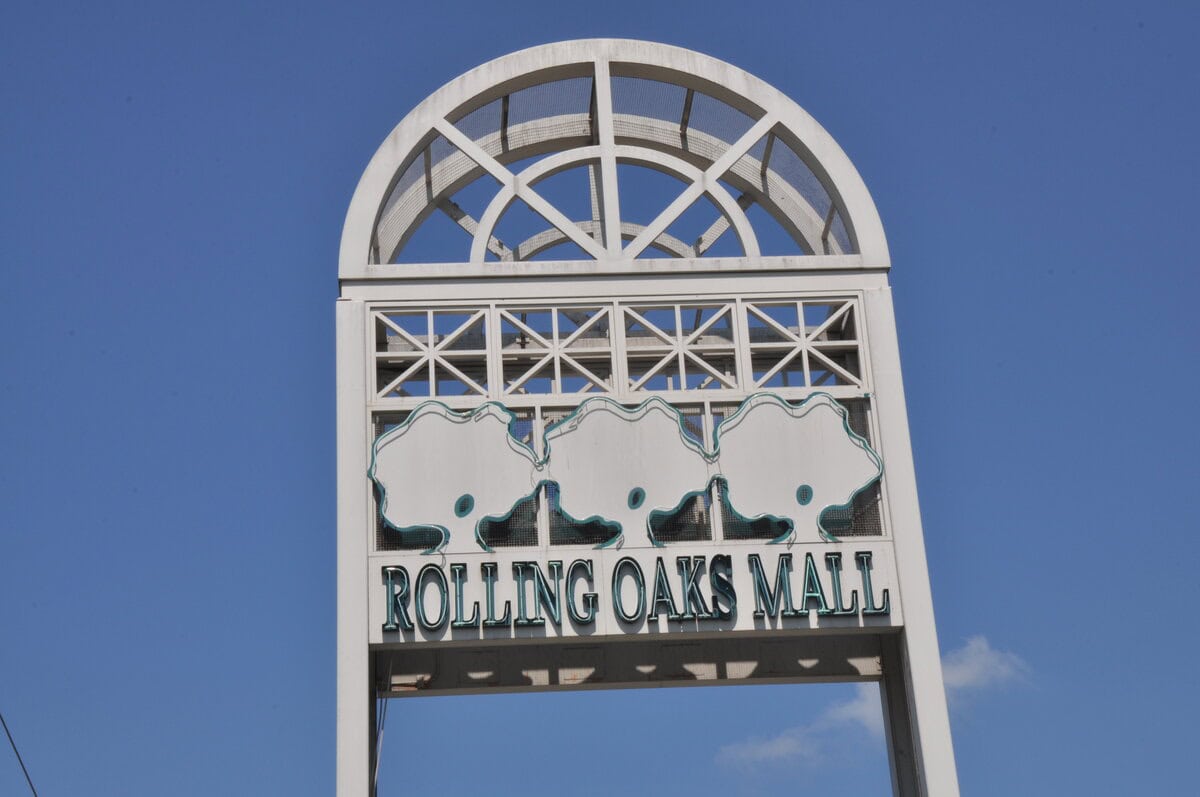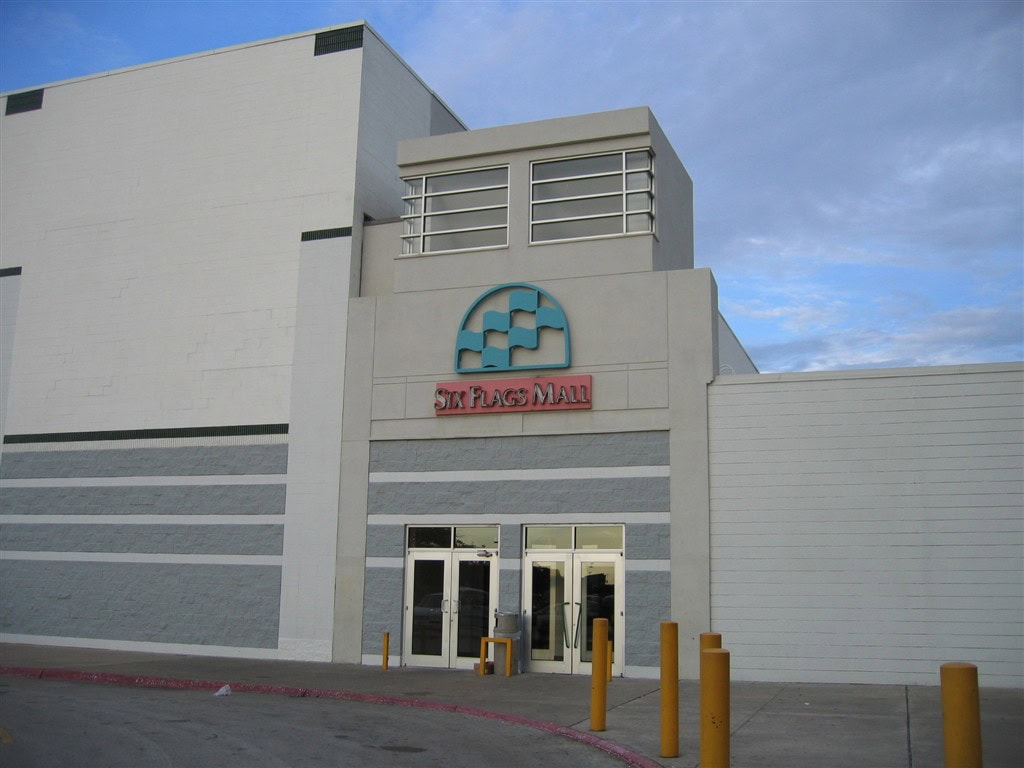Barton Creek Square: The 1981 Opening of Austin's Mall
Barton Creek Square opened to the public on August 19, 1981, marking a major retail development on Austin's southwestern hilltop.
The project by Melvin Simon & Associates introduced a one-million-square-foot regional mall with six major anchor department stores.
Its debut followed years of zoning battles and environmental disputes that tied the new complex to Barton Springs and citywide growth policy.
Planning and Conception
The idea for Barton Creek Square took root in the mid-1970s, when Indianapolis-based Melvin Simon & Associates began eyeing Austin as a growing retail market.
In 1975, the Austin City Council approved zoning for a large-scale commercial development on a 104-acre hilltop tract owned by the Dellana family.
The site overlooked the Barton Creek watershed, one of the city's most sensitive natural areas.
Environmental conditions were attached to the zoning approval, signaling early concern over runoff and water quality.
By June 1977, Melvin Simon & Associates, working through the Austin Mall Company partnership controlled by Melvin and Herbert Simon, formally announced the project.
Plans called for a regional shopping center with more than one million square feet of retail space and parking for nearly 6,000 vehicles.
Architect Gordon Sibeck, known for his work on Windsor Park Mall in San Antonio, was selected in 1978 to finalize the design.
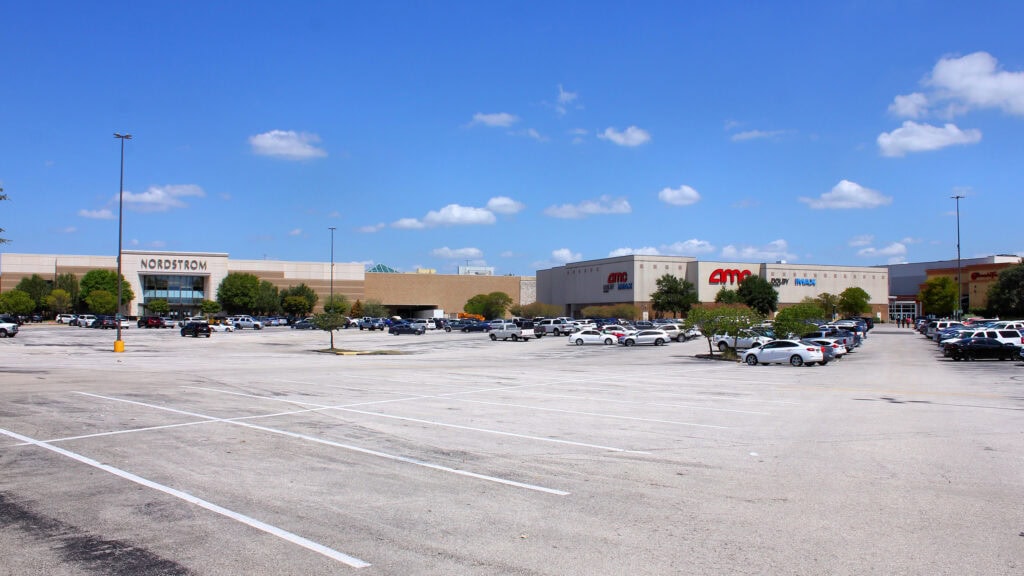
Construction and Environmental Challenges
Land clearing and grading began in late October 1977.
Within months of groundbreaking in 1979, runoff from the construction site caused visible changes in nearby Barton Springs.
The city's Environmental Board noted turbidity increases that were directly tied back to the new mall's hilltop construction.
In response, the City of Austin imposed a six-month building moratorium across the Barton Creek watershed in mid-1979.
That pause led to one of the earliest major environmental policy battles in the city's history.
Local activists, conservation groups, and residents voiced concern that unchecked development near Barton Creek would damage the aquifer and springs that fed Barton Springs Pool.
In the spring of 1980, the City Council passed the Barton Creek Ordinance, creating new standards for runoff controls and site monitoring.
Daily municipal inspections were required at the mall construction site.
Despite these measures, the Environmental Board continued to report violations through 1980.
Design and Development
Sibeck's architectural plan emphasized scale and visibility.
Barton Creek Square occupied a commanding position above the city, visible from the newly expanding Mopac Expressway.
The enclosed mall was designed around a broad central concourse connecting six anchor department stores: Sears, JCPenney, Montgomery Ward, Foley's, Joskes, and Scarbrough's.
When it opened, the complex featured 77 out of 185 stores and created more than 2,500 jobs.
Marketing materials described the site as offering "sweeping hill country views" and easy access from southwest Austin.
The paved parking areas alone covered 102 acres.
The developer described the mall as both a regional destination and a symbol of Austin's modern growth.

The Opening and Public Reaction
Barton Creek Square opened in two stages.
On August 1, 1981, Sears and JCPenney held a soft opening while interior construction continued elsewhere.
The full grand opening took place on Wednesday, August 19, 1981, marked by a 20-page advertising insert in the Austin American-Statesman and live television coverage by KVUE.
The public debut drew an estimated 85,000 to 90,000 visitors, filling the mall's broad, glass-roofed corridors throughout the day.
Mall manager Harold Shwiff directed a team of 75 managers, maintenance staff, and security officers outfitted in blue blazers.
The event featured raffles, fashion shows, and music presented across multiple stages.
A highlight of the day was a performance by the Austin Symphony Orchestra conducted by Paul Williams, who led an opening concert for the gathered crowd.
At the time of the grand opening, 77 stores were operating, with about 50 more expected to open by Christmas, with a maximum capacity of approximately 185 tenants.
Nearly 85 percent of the mall's space had been leased in advance.
The 104-acre complex was described as one of the largest enclosed shopping centers in Texas, its interior designed with a greenhouse motif featuring tall ficus trees, latticework, and two-story gazebos set beneath large skylights.
Yet the tone of opening day coverage reflected a divided city.
Barton Springs Pool had been closed due to construction runoff that turned the water cloudy, and environmental groups staged protests.
The Zilker Park Posse, a local advocacy group, called for a boycott of the new mall.
KVUE's evening news that day led with the environmental story rather than the retail celebration.
Connie Moore, president of the Barton Creek activists' organization, summarized the protest sentiment: "Every time you drive your car to Barton Creek Square Mall, you're contributing to the pollution of Barton Springs."
Civic Context and Impact
The opening of Barton Creek Square represented more than a commercial milestone.
It brought the conflict between economic development and environmental preservation into public view.
Austin's rapid growth during the late 1970s and early 1980s forced the city to confront how urban expansion affected natural resources.
The mall's location above Barton Creek accelerated new city policies governing water quality, site grading, and runoff control.
It also helped shape future development debates, influencing land use ordinances that continued for decades.
Despite the controversy, Barton Creek Square quickly became a central retail hub for the city's west side and a landmark visible from miles away.

